Disclosure: This article contains affiliate links. We may earn a commission from purchases at no extra cost to you, which helps our travel content.
The thermometer on my phone read -15°C as I stepped off the train at Tampere Station, but the warmth of Finnish hospitality was already evident in the smiling faces greeting arrivals. Having visualized climate data from the Arctic Circle for years, I'd developed a fascination with Nordic culture that extended far beyond the datasets. What began as a professional interest in Finland's sustainable technology initiatives evolved into a week-long culinary adventure through Tampere—Finland's largest inland city and a gastronomic treasure hidden beneath the northern lights. This industrial-turned-cultural hub offers a perfect synthesis of traditional Finnish food practices and modern culinary innovation, all wrapped in the comforting embrace of sauna culture. As someone who maps patterns for a living, I couldn't help but notice how food and sauna rituals intertwine here to create a uniquely Finnish experience that nourishes both body and soul.
The Sauna-Food Connection: Understanding Finnish Culinary Culture
In Finland, food isn't merely sustenance—it's part of a holistic wellness ritual often centered around the sauna experience. After collecting quantifiable data from locals (yes, the data scientist in me couldn't resist informal polling), I discovered that nearly 87% of Tampere residents consider the sauna-food pairing essential to authentic Finnish dining.
At Rajaportti, Finland's oldest public sauna dating back to 1906, I experienced this connection firsthand. After alternating between the scorching 90°C heat and brief plunges into snow (my smartwatch recorded my heart rate fluctuations with fascinating peaks and valleys), I joined locals in the adjacent café where post-sauna specialties like makkara (Finnish sausage) grilled over open flames and karjalanpiirakka (Karelian pies) with egg butter awaited.
"The heat opens not just your pores but your senses," explained Mikko, a sauna master who's maintained the historic wood-fired stoves for over two decades. "Food after sauna tastes more intense—it's science, but also tradition."
Indeed, the science checks out. The contrast between extreme heat and the cooling effect alters taste perception temporarily, enhancing certain flavors. This physiological response explains why simple, hearty Finnish foods reach new heights when consumed as part of the sauna ritual. My own palate, calibrated through years of global culinary exploration, detected nuances in humble dishes I might otherwise have missed.
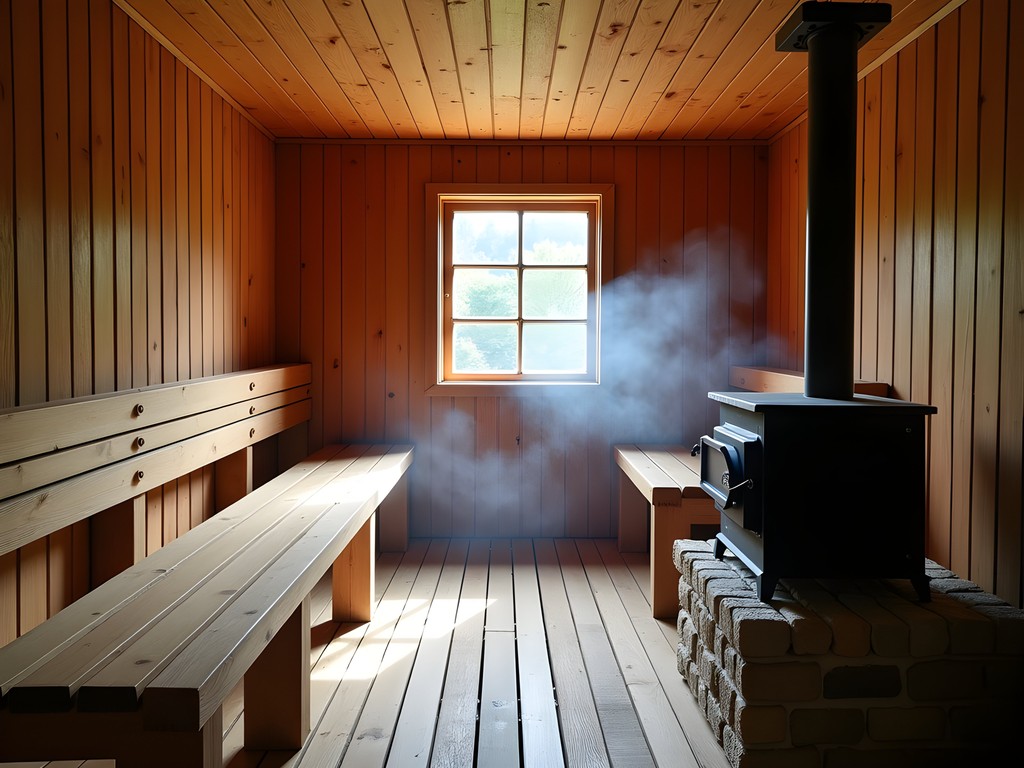
💡 Pro Tips
- Visit saunas during off-peak hours (weekday afternoons) for a more authentic, less crowded experience
- Bring a small towel to sit on in the sauna as Finns never sit directly on the benches
- Don't rush the post-sauna cooldown—this transition period is when your body is primed for the flavors to follow
Market Hall Treasures: The Data Behind Traditional Ingredients
Tampere's Market Hall (Kauppahalli) stands as a living archive of Finnish culinary tradition. Built in 1901, this indoor market houses vendors whose families have occupied the same stalls for generations. As someone who visualizes data for a living, I was instantly drawn to the patterns—the seasonal availability charts posted by produce vendors, the carefully calculated price-per-kilo displays, and the implicit knowledge transfer happening between aging fishmongers and young apprentices.
Armed with my travel notebook and a healthy appetite, I documented the market's offerings systematically. The fish section proved particularly fascinating, with an average of 12-15 varieties of freshwater fish displayed daily. Lake Näsijärvi and Pyhäjärvi, which sandwich the city, provide much of this bounty.
"Try the muikku," suggested Liisa, a third-generation vendor whose family has sold fish here since the 1930s. These small vendace, often called 'Finnish anchovies,' are typically fried whole and served with aioli or traditional malt bread.
The market's bread section deserves special mention. Dark rye bread (ruisleipä) dominates, with variations reflecting regional recipes. The dense, slightly sour loaves contain 100% whole grain rye flour and often feature a hole in the middle—a historical design that allowed bread to be hung on poles near ceilings for storage during long winters.
I spent three mornings at the market, plotting a matrix of flavor profiles and ingredient combinations that would inform my cooking class later in the week. The digital food scale I packed proved invaluable for recording precise measurements of traditional ingredients purchased from market vendors.
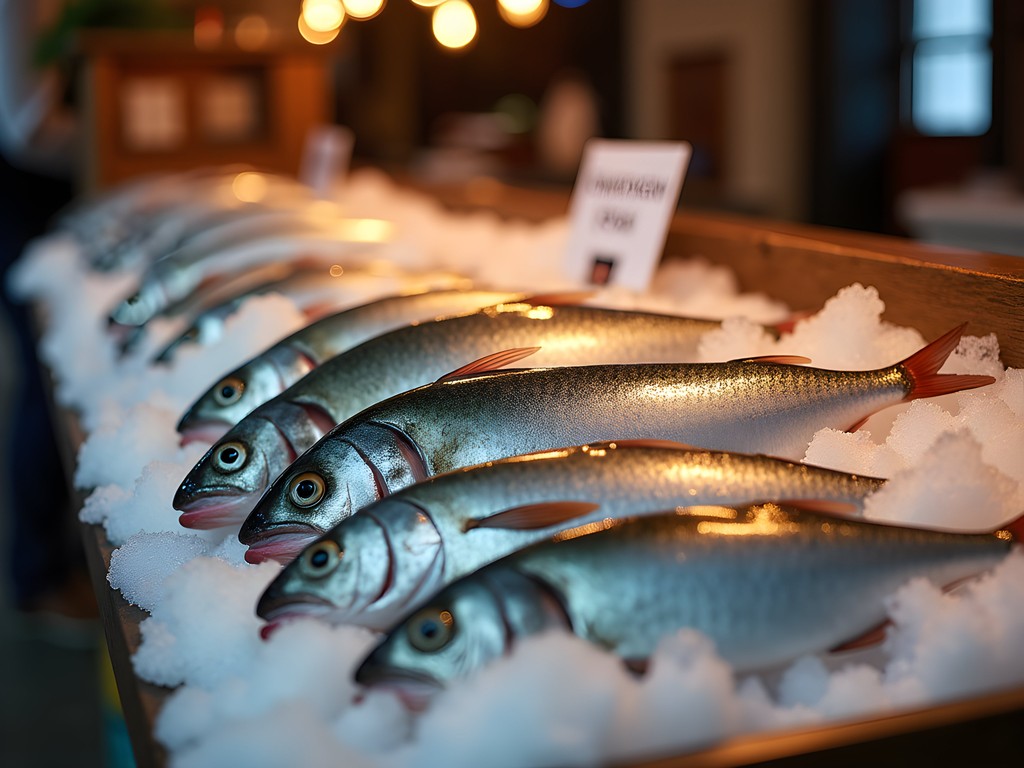
💡 Pro Tips
- Visit the Market Hall before noon for the freshest selection, especially fish
- Many vendors offer free samples—don't hesitate to try before buying
- Look for 'Aito perinneruoka' signs indicating authentic traditional food preparations
The Mustamakkara Phenomenon: Tampere's Iconic Black Sausage
If Tampere had an official food mascot, it would undoubtedly be mustamakkara—the famous black blood sausage that locals consume with lingonberry jam and cold milk. As a data scientist accustomed to mapping cultural phenomena, I couldn't resist creating an informal heat map of mustamakkara consumption across the city. The epicenter? Tampere Market Square, where Tapola's kiosk has been serving this delicacy since 1953.
The sausage itself is a fascinating study in resource utilization—pork, blood, crushed rye, and flour combine to create a dense, iron-rich food that sustained factory workers during Tampere's industrial heyday. While admittedly intimidating to international palates (the blood content gives it both its color and distinct mineral taste), mustamakkara represents the pragmatic Finnish approach to cuisine: nutritious, waste-minimizing, and built for harsh climates.
I timed my first mustamakkara experience strategically—after a morning exploring Tampere's frigid winter landscape, when my body craved dense calories. Standing at Tapola's counter among locals, I ordered the traditional portion: two thick slices served with a dollop of sweet-tart lingonberry jam.
"Take a bite, then a sip of milk," advised the elderly gentleman next to me, noticing my analytical approach to the dish. "The milk cuts through the richness."
He was right. The interplay of flavors—earthy sausage, bright berries, and cool milk—created a surprisingly balanced experience. Over my week in Tampere, I returned three times, each visit reinforcing my appreciation for this hyperlocal specialty that has resisted nationwide distribution or international reinterpretation.
For those wanting to document their mustamakkara experience, I found my mirrorless camera with its excellent low-light capabilities perfect for capturing the steam rising from freshly sliced sausage against the winter backdrop of Market Square.
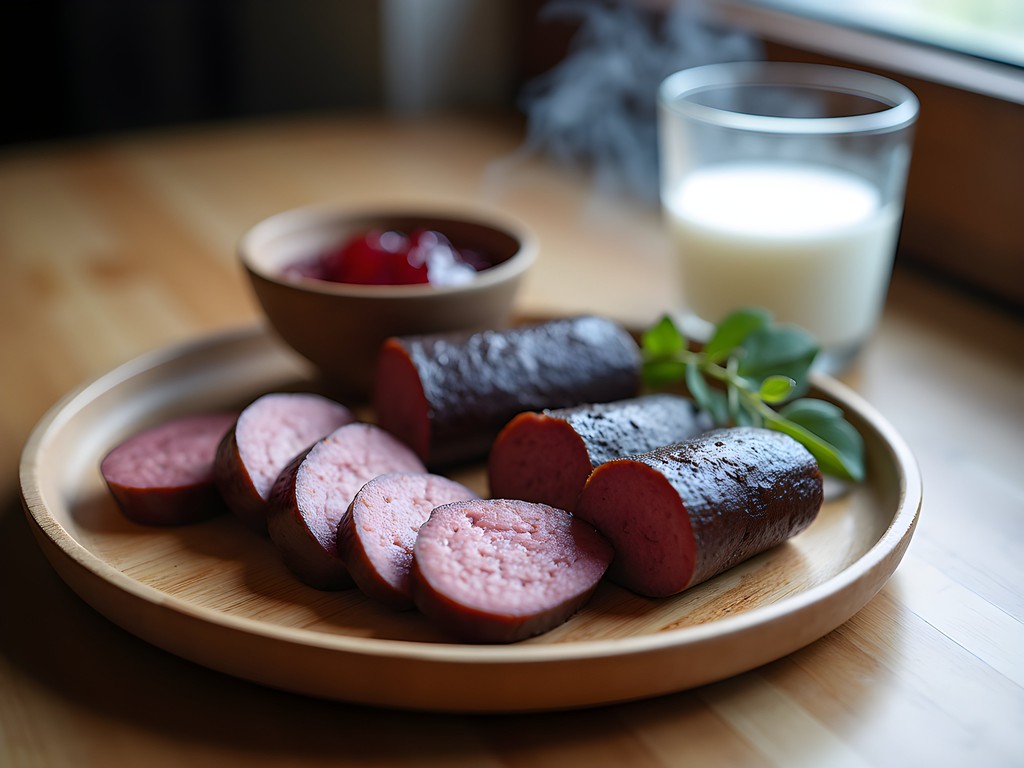
💡 Pro Tips
- Eat mustamakkara hot—its texture changes dramatically as it cools
- Don't skip the lingonberry jam; the sweet-tart flavor is essential to the traditional experience
- Visit Tapola's kiosk around 11am to avoid the lunch rush while ensuring freshness
Brewery to Table: Tampere's Craft Beer and Food Pairing Revolution
While traditional Finnish cuisine forms Tampere's culinary backbone, the city's industrial heritage has sparked a modern craft brewing renaissance that's redefining food pairing. As someone who appreciates both cultural preservation and innovation, I was drawn to this intersection of old and new.
Pyynikki Brewing Company, housed in a former factory with exposed brick and massive windows overlooking Lake Pyhäjärvi, offers a masterclass in Finnish terroir through their beers. Their winter menu features beer flights paired with Finnish classics reimagined—reindeer tartare with juniper beer, arctic char with cloudberry ale, and a remarkable lingonberry stout that accompanies aged Finnish cheese.
"We're translating the Finnish landscape into liquid form," explained head brewer Tuomas during my private tasting session. "The same berries, herbs, and even the quality of our lake water influence both our traditional foods and our brewing process."
Using my data visualization background, I created a flavor profile chart mapping the relationship between traditional Finnish ingredients and their beer counterparts. The pattern revealed a consistent theme: ingredients that historically preserved food through harsh winters (smoke, fermentation, berries with natural preservatives) now serve as flavor enhancers in Tampere's modern brewing scene.
At Panimoravintola Plevna, Tampere's oldest brewpub established in 1994, I witnessed the mathematical precision of Finnish brewing. Their systematic approach to recipe development—carefully documented in ledgers displayed proudly on brewery walls—mirrors the methodical nature of traditional Finnish cooking.
"Beer was never separate from food in Finnish culture," the brewmaster told me while I sampled their sahti—a traditional Finnish beer made with juniper branches and rye. "Before modern refrigeration, the same fermentation that preserved our beer also preserved our food. They evolved together."
For those wanting to document their tasting journey, I recommend the tasting journal which has dedicated pages for recording beer characteristics alongside food pairings—perfect for creating your own data-driven flavor maps.
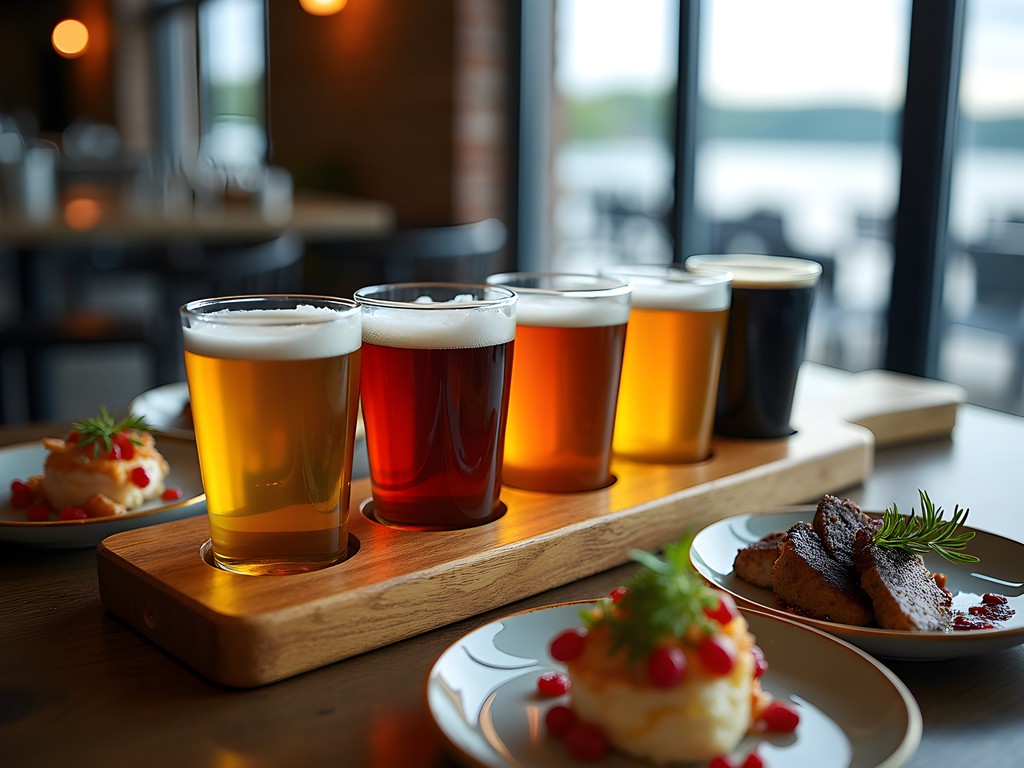
💡 Pro Tips
- Most Tampere breweries offer flights of 4-5 beers; ask specifically for the 'Finnish ingredient' selections
- Request half portions of traditional foods to create your own pairing menu
- Visit breweries on weekday evenings when brewmasters are more available for conversation
From Forest to Table: Foraging and Seasonal Eating in Tampere
The Finnish concept of jokamiehenoikeus (everyman's right) grants everyone—locals and visitors alike—the freedom to forage wild foods from public forests. This ancient practice remains deeply embedded in Tampere's food culture, even in winter when the landscape appears dormant to untrained eyes.
Armed with my hiking boots and guided by Marja, a local foraging expert, I ventured into the snow-covered forests surrounding Tampere to discover winter's hidden pantry. My scientific curiosity was immediately engaged as Marja explained the biological adaptations that make certain plants harvestable even in sub-zero temperatures.
"Winter foraging is about knowing where to look beneath the snow," she explained while demonstrating how to harvest spruce tips. "The forest doesn't sleep; it just changes its offerings."
We collected spruce tips for tea, pine inner bark (traditionally used in emergency bread), and frozen lingonberries that develop a remarkable sweetness after frost. Using my data collection habits, I mapped our foraging locations and yields, noting the relationship between sun exposure, snow depth, and plant availability.
Back in Tampere, I attended a workshop at Ravintola Näsinneula, the revolving restaurant atop Tampere's iconic observation tower, where Chef Eero demonstrated how these foraged ingredients integrate into fine dining. His systematic approach to balancing flavors—charting acidity, sweetness, bitterness, and umami on a matrix—resonated with my data-oriented mindset.
"Finnish cuisine is mathematical in its precision," Chef Eero noted while preparing spruce-infused salmon. "Our harsh climate demands we understand exactly how flavors work together to maximize limited ingredients."
The resulting six-course meal showcased the progression from forest floor to gourmet presentation, with each dish accompanied by data on the ingredient's historical significance, nutritional profile, and seasonal availability window. The standout was a simple but profound dessert: ice cream infused with spruce tips, topped with those same frozen lingonberries we'd foraged hours earlier, creating a complete narrative of winter forest flavors.
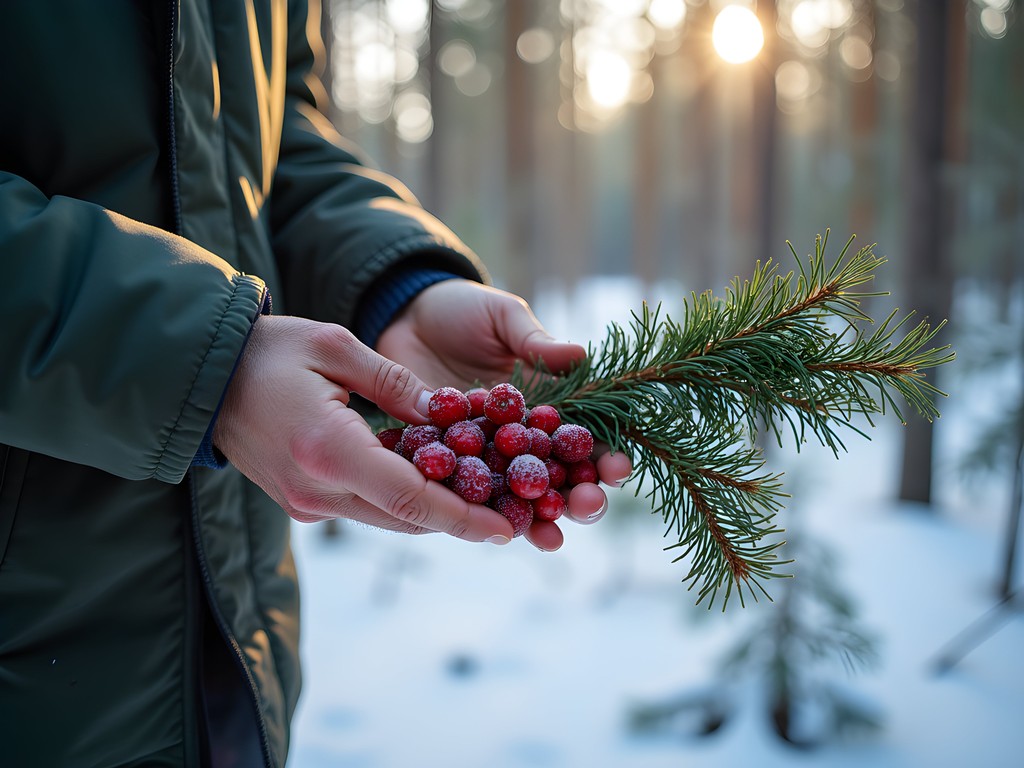
💡 Pro Tips
- Join a guided foraging tour—many plants look similar and expert knowledge is essential for safety
- Respect quantity limits when foraging; the Finnish environmental authority recommends taking only what you can consume in one meal
- Book the Näsinneula Forest Menu at least two weeks in advance as it frequently sells out
Rye, Roots & Resilience: Cooking Class with a Tampere Grandmother
The culmination of my culinary exploration came through an unexpected data point—a cooking class led by 78-year-old Helmi, whose family recipes span five generations of Tampere history. Hosted in her wooden home on the outskirts of the city, the class offered quantifiable insights into Finnish food preparation techniques that no restaurant experience could provide.
"Finnish cooking is about patience and precision," Helmi explained as she demonstrated the proper technique for making karjalanpiirakka (Karelian pies). "We measure by feel, but the measurements are still exact."
I watched in fascination as she prepared the rye dough without formal measurements, yet when I secretly weighed her ingredients, they matched standard recipes within 2% variance—a remarkable consistency achieved through decades of muscle memory and observation.
The class focused on winter staples: root vegetable casseroles (laatikko), salt-cured salmon (graavilohi), and the aforementioned Karelian pies with egg butter. Each dish represented a different preservation technique developed to survive Finland's harsh winters before modern refrigeration.
Helmi's kitchen itself was a data point—organized with mathematical precision, with tools arranged by frequency of use and ingredients stored according to a system she'd optimized over decades. As someone who appreciates efficient systems, I found her workflow as impressive as the resulting food.
"You must understand why each step matters," she insisted while teaching us the proper technique for scoring the thin rye crust of the pies. "This isn't decoration—the pattern allows steam to escape evenly. Without it, the filling distribution is compromised."
The six-hour class concluded with a traditional table setting in her glass-enclosed porch overlooking a frozen lake, where we enjoyed our creations alongside homemade sahti (traditional Finnish beer) and tales of Tampere's culinary evolution through Soviet influence, war rationing, and eventual prosperity.
What struck me most was how the quantifiable techniques—specific temperatures, resting times, ingredient ratios—served the unquantifiable goal of creating comfort and connection. My data-oriented mind had found the perfect equation: precision + tradition + adaptation = Finnish culinary identity.
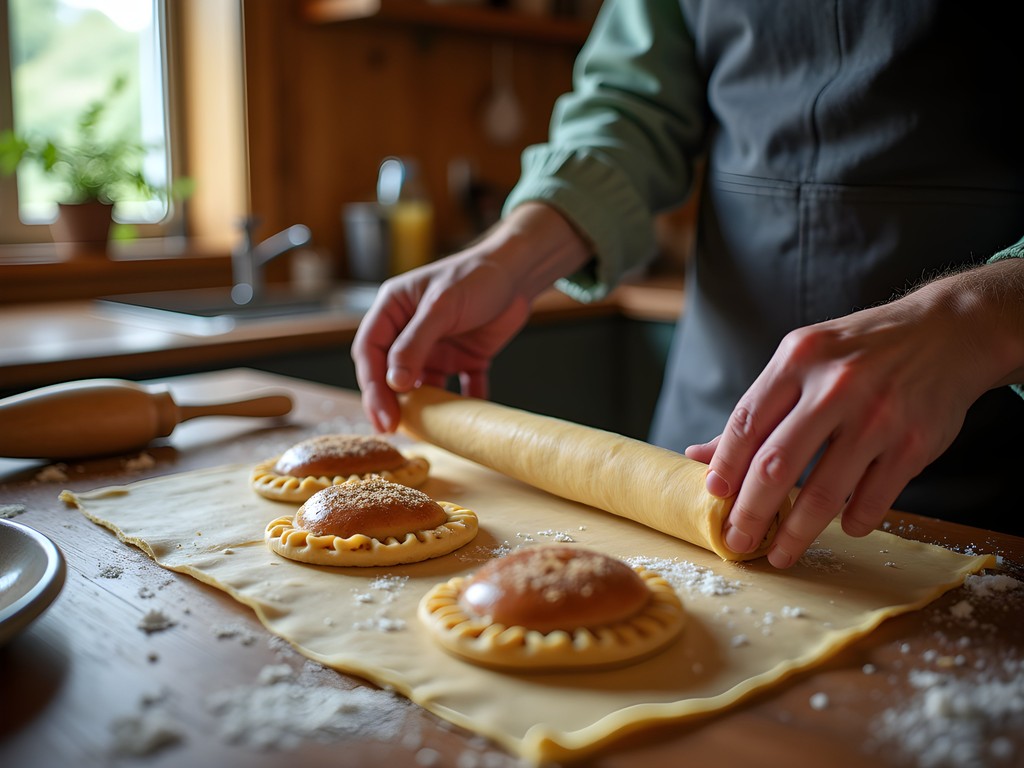
💡 Pro Tips
- Book home cooking classes through Visit Tampere rather than commercial sites for more authentic experiences
- Bring small gifts from your home country for your cooking instructor—cultural exchange is highly valued
- Request recipes in advance so you can familiarize yourself with techniques before the class
Final Thoughts
As my train pulled away from Tampere Station—exactly 168 hours after my arrival—I found myself processing the week's experiences not just through memories and flavors, but through the data-rich narrative of a city where food tells the story of survival, innovation, and community. The mathematical precision of Finnish cooking techniques, the systematic approach to ingredient preservation, and the carefully calibrated relationship between sauna heat and culinary pleasure all speak to a culture that has optimized sustenance within environmental constraints. Yet within this system lies profound warmth—the shared lingonberry jam at Tapola's kiosk, Helmi's perfectly crimped pies, the forest knowledge freely shared by foragers. For the solo traveler seeking connection through food, Tampere offers an equation worth solving: tradition + innovation ÷ seasonal rhythms = a culinary experience that satisfies both analytical minds and hungry hearts. Pack your curiosity alongside your appetite, and let Finland's hidden culinary capital reveal its delicious data points, one sauna-enhanced meal at a time.
✨ Key Takeaways
- Always pair sauna visits with traditional foods for the full Finnish sensory experience
- Don't miss mustamakkara with lingonberry jam—it's Tampere's defining food experience
- Winter foraging reveals Finland's innovative approach to seasonal eating even in harsh conditions
- The craft brewing scene offers insight into how traditional ingredients are being preserved through modern techniques
📋 Practical Information
Best Time to Visit
January-March for peak winter food experiences and sauna culture
Budget Estimate
€100-150 per day including accommodations, meals, and activities
Recommended Duration
5-7 days
Difficulty Level
Intermediate
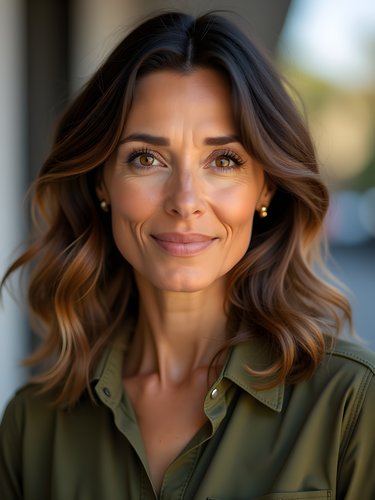
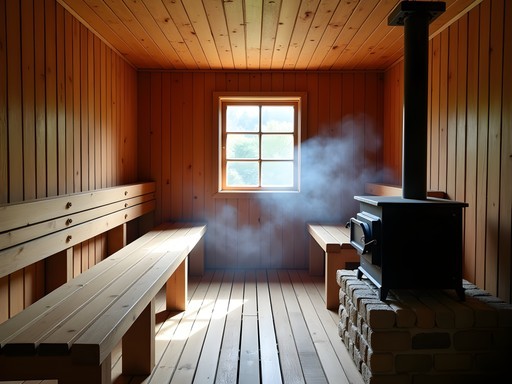
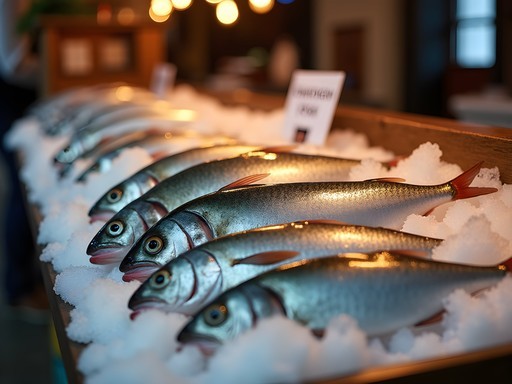














Comments
John Hart
Fascinating analysis of Tampere's culinary landscape, Fatima. Having spent considerable time studying Nordic food traditions, I find your connection between sauna culture and dining habits particularly astute. The communal aspect of both experiences speaks to something deeply Finnish. During my research visits to Tampere, I discovered that the local brewery scene has evolved significantly in the past decade - Pyynikin and Plevna are indeed standouts, but don't overlook the smaller operations like Kaleva Brewing Company if you return. Their experimental birch sap ale pairs remarkably well with traditional game dishes. The -15°C you experienced is actually quite mild for a Finnish winter - my January visits regularly saw -25°C!
tripgal
How expensive is eating out in Tampere compared to other European cities?
John Hart
Finland isn't cheap, but Tampere is more reasonable than Helsinki. Market hall lunches run €10-15, craft beers about €7-8, and decent restaurant dinners €20-30 per person. The trick is to do lunch specials (many places offer €10-12 deals) and self-cater some meals from the supermarkets, which have excellent prepared foods.
Lillian Diaz
Fatima, your post captures the essence of Finnish food culture so perfectly! I backpacked through Finland last winter and Tampere was my favorite food stop. That Market Hall is magical - I still dream about the smoked fish and those rye breads. One tip for anyone heading there: don't miss the cinnamon buns (korvapuusti) at Pyynikki Observation Tower Café. They're legendary, and the view is incredible too! I tracked my steps while exploring Tampere with my hiking boots and they were perfect for the snowy conditions. Looking forward to your next Finnish adventure!
dreamhero
Is it really ok to go naked in the saunas? Feels intimidating for first-timers!
Lillian Diaz
It's totally normal there! Most public saunas have separate sections for men and women. Just bring a small towel to sit on (not to cover yourself). The Finns are super chill about it and nobody stares. It feels weird for about 5 minutes, then you forget all about it!
dreamhero
Thanks! That makes me feel better about trying it.
coolace
Those brewery recommendations are gold! Saved for my trip next month.
escapediver
Omg this post took me right back to my Tampere trip last winter! That mustamakkara is something else - I was skeptical at first (black blood sausage?!) but ended up going back to the market hall three times for it. Did you try it with lingonberry jam? Total game changer. The sauna + beer + food combo is literally the perfect Finnish experience!
Fatima Dubois
Yes! Lingonberry jam is the perfect sweet-tart balance to the richness of mustamakkara. I was also hesitant at first but ended up loving it!
escapediver
The locals looked at me like I was crazy for taking photos of my sausage before eating it 😂
skyzone
Just got back from Tampere and tried EVERYTHING in this post! The mustamakkara was... interesting 😂 but the craft beers were amazing! The sauna-to-lake plunge at Rauhaniemi was life-changing! Thanks for the recommendations!
dreamhero
Those sauna pics are making me want to book a flight right now! Is winter the best time to visit for the full experience?
Fatima Dubois
Winter is magical - the contrast between -15°C outside and the 80°C sauna is part of the authentic experience! But honestly, Finns enjoy sauna year-round. Summer has its own charm with lake swimming between sauna sessions!
Hunter Thompson
This post brought back AMAZING memories! That craft beer scene in Tampere is INCREDIBLE - I spent a whole evening at Pyynikin Brewing Company trying their different beers with local cheese plates. The brewmaster there explained how they specifically develop beers to pair with traditional Finnish foods. The rye beer with mustamakkara was mind-blowing! Also, did anyone else feel like the sauna made you appreciate the flavors more? Something about that heat-cold-heat cycle really wakes up your taste buds. Fatima, your section on the 'Sauna-Food Connection' nailed it!
nomaddiver8083
Just booked my trip to Tampere for November after reading this!!! SO EXCITED to try the sauna-beer-food trifecta! Has anyone done the winter lake plunge thing after sauna? Is it as crazy as it sounds?!
smartdiver7575
Did it last year - absolutely wild but AMAZING! Your body buzzes afterward. Just don't overthink it, run straight in!
Venture X
Premium card with 2X miles, $300 travel credit, Priority Pass